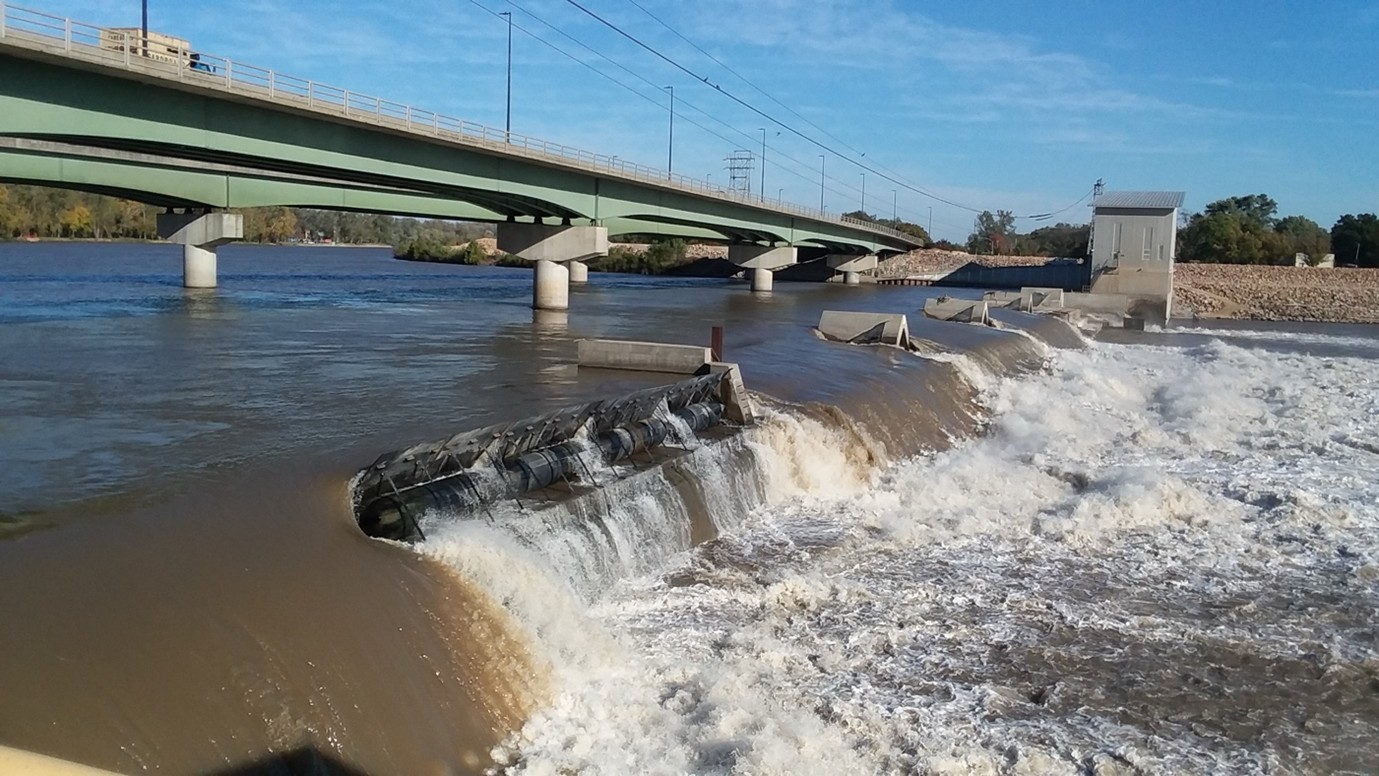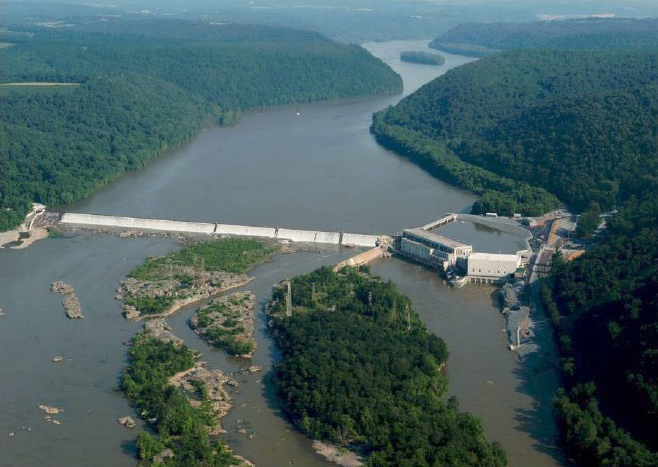In the spirit of the COP 30 Presidency’s call for a global mutirão – a collective effort to mobilize climate action – the Business Council for Sustainable Energy (BCSE) will lead a business delegation to COP 30 in Belém, Brazil that will bring forward credible solutions, partnerships, investments, and ideas to accelerate the energy transition and decarbonize agriculture, buildings, industry, and transportation. This case study is part of BCSE’s Granary of Solutions to deliver emissions reductions, increase resilience, and meet energy transition goals worldwide.
Case Study:
The Low Impact Hydropower Institute (LIHI) is a United States-based non-profit organization dedicated to reducing the impacts of hydropower generation and supporting projects that prioritizes environmental, recreational, historical, and cultural resource protection. LIHI runs the nation’s only science-based program for certifying Low Impact hydropower facilities.
Since 1999, LIHI has independently certified 300+ facilities across 24 states and 101 rivers, representing over 16,000 GWh of renewable energy.
By combining innovation, collaboration, and science, LIHI’s Low Impact Certification Program proves that renewable energy can power communities while protecting nature. Examples like the ones below highlight how certified projects create jobs, expand recreation and education opportunities, and deliver lasting benefits for people and ecosystems alike.
1. The Bowersock Project, Kansas

- The Bowersock Mills & Co.’s LIHI Certified® project in Lawrence, Kansas, has an installed capacity of 7 MW and can generate over 32 GWh of renewable hydropower annually.
- The Bowersock Project added a new 4.65 MW powerhouse to its existing facility in 2013. Two of the four units in the new powerhouse were sourced from a legacy project in Maine, tripling generation while supporting the circular economy. The project expansion was made possible through several Recovery Act financing structures, including the 1603 Grant, Recovery Bonds and Qualified Energy Conservation Bonds. The project was also eligible for and received Section 242 funding from the U.S. Department of Energy. This funding was dedicated to a complete rehabilitation of the original 1905 facility, ensuring that the project would remain viable for another century.
- The reservoir at the Bowersock Project provides more than half of the drinking water supply for the City of Lawrence.
- The project owner is working with regional stakeholders and conservation groups to create a recreation park upstream of the powerhouse that will include restoration of native vegetation in the river corridor – demonstrating the broader societal benefits of renewable energy investments that foster public education and environmental conservation.
2. Holtwood Project, Pennsylvania

- Brookfield Renewable Energy’s LIHI Certified® Holtwood Project in Pennsylvania, has an installed capacity of 252 MW and can generate over 900 GWh of renewable hydropower annually.
- The Holtwood Project provides critical generation and renewable attributes in the PJM region, a key resource-constrained area of the country, and is increasingly supporting demand growth.
- The project owner has also transferred nearly 2,000 acres of the project land to local conservation groups for long term preservation and public use demonstrating how renewable projects can help advance both climate and biodiversity goals.
